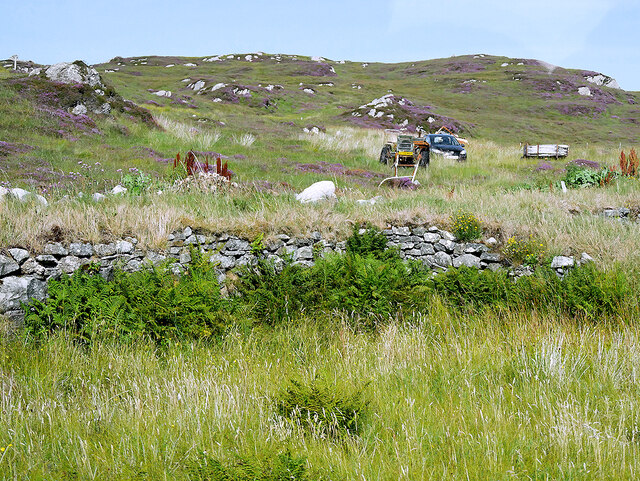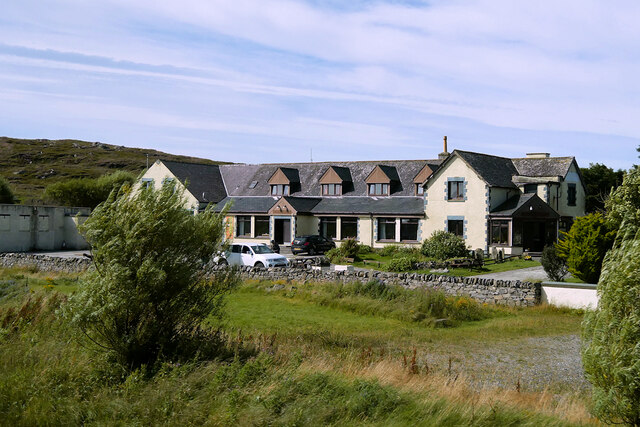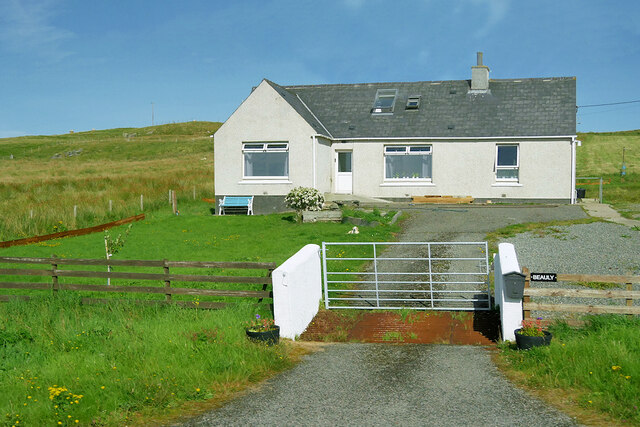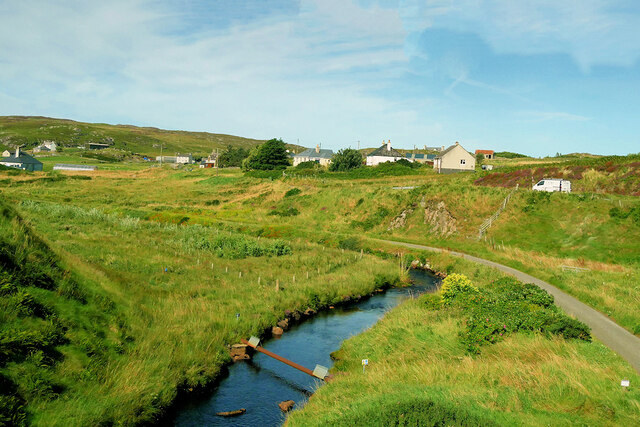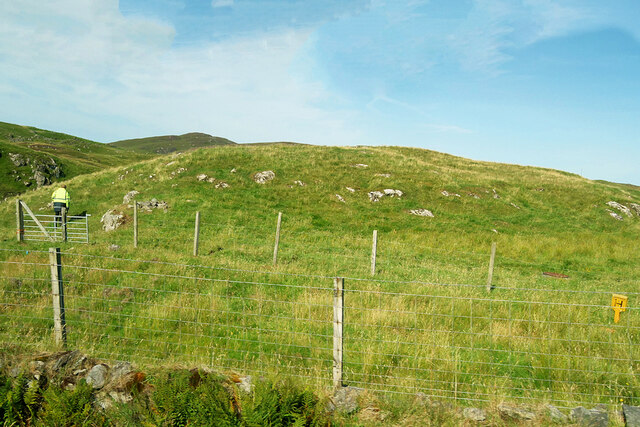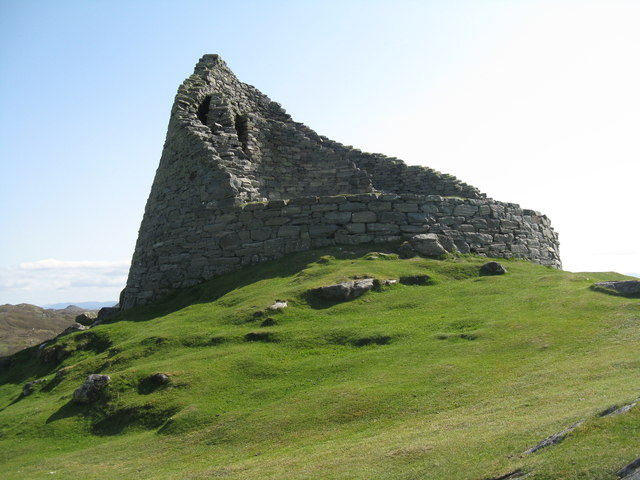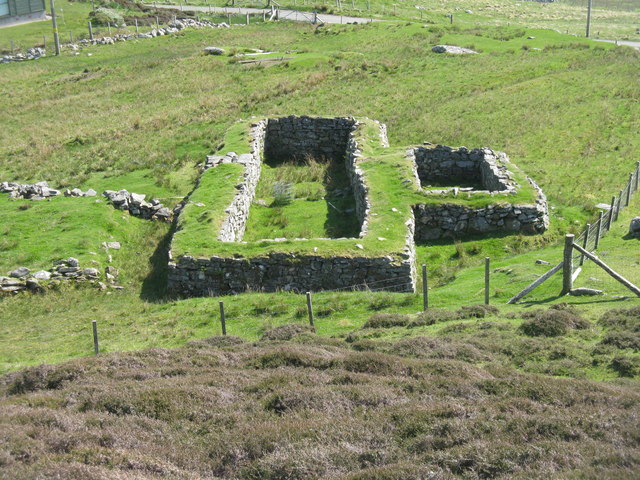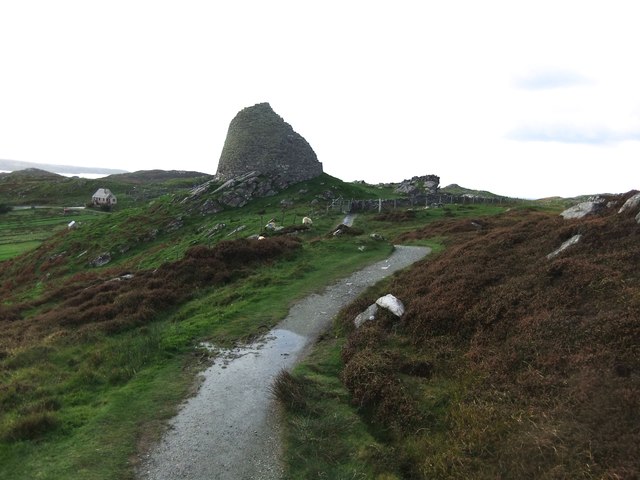Cnoc an Oìg
Hill, Mountain in Ross-shire
Scotland
Cnoc an Oìg
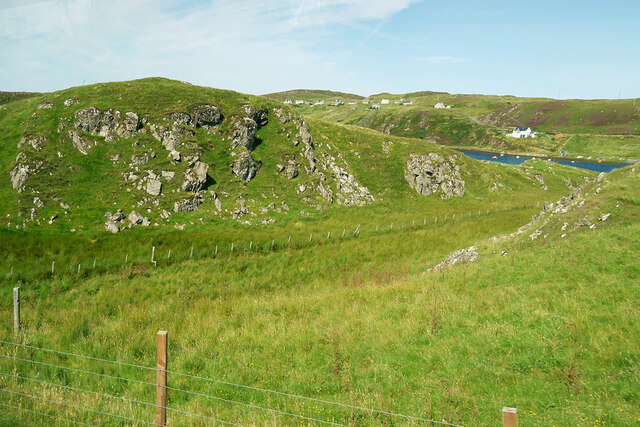
Cnoc an Oig is a prominent hill located in Ross-shire, Scotland. Situated in the northwestern part of the country, it forms part of the breathtaking scenery of the Scottish Highlands. With an elevation of approximately 625 meters (2,051 feet), it is considered a mountain by many standards.
The hill is positioned within a remote and rugged landscape, characterized by rolling hills, deep valleys, and stunning lochs. Its location offers panoramic views of the surrounding countryside, including the nearby Loch Broom and the towering mountain range of An Teallach.
Cnoc an Oig is a popular destination for outdoor enthusiasts, offering opportunities for hiking, mountaineering, and wildlife spotting. The hill's slopes are covered in heather and grasses, providing a habitat for a variety of bird species, such as peregrine falcons and golden eagles. The surrounding area is also home to red deer, mountain hares, and other wildlife.
Access to Cnoc an Oig is relatively straightforward, with various walking routes available for visitors of different skill levels. However, due to its remote location, it is essential for hikers to come prepared with appropriate clothing, equipment, and navigational tools.
Overall, Cnoc an Oig is a stunning natural feature within the Scottish Highlands, offering visitors the chance to immerse themselves in the picturesque beauty of this remote and unspoiled region.
If you have any feedback on the listing, please let us know in the comments section below.
Cnoc an Oìg Images
Images are sourced within 2km of 58.275054/-6.7647603 or Grid Reference NB2041. Thanks to Geograph Open Source API. All images are credited.
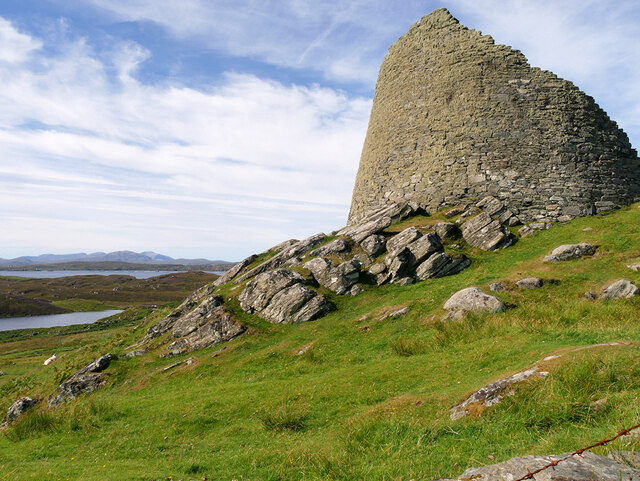
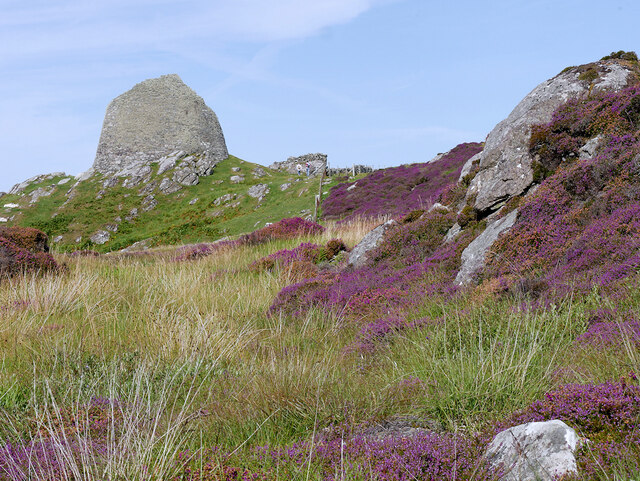
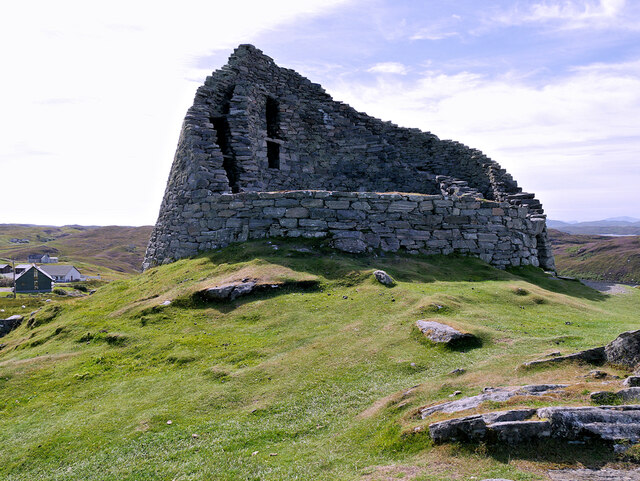
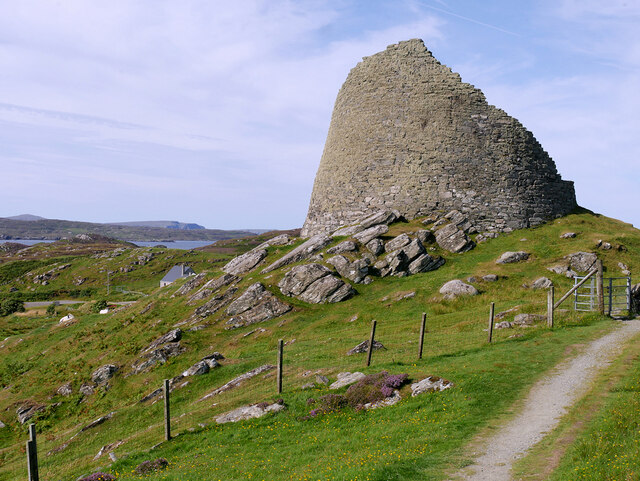
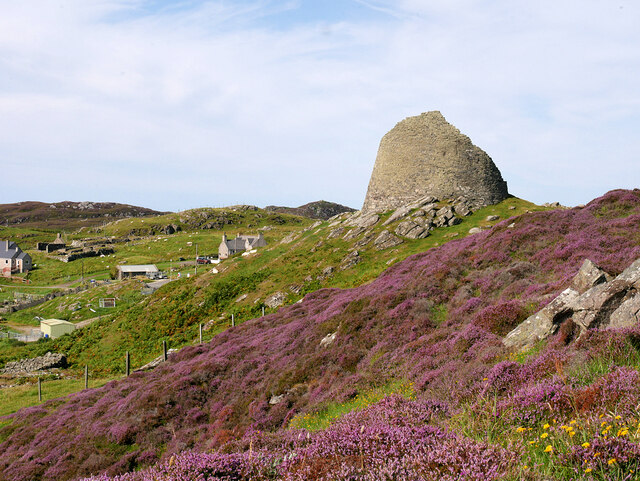
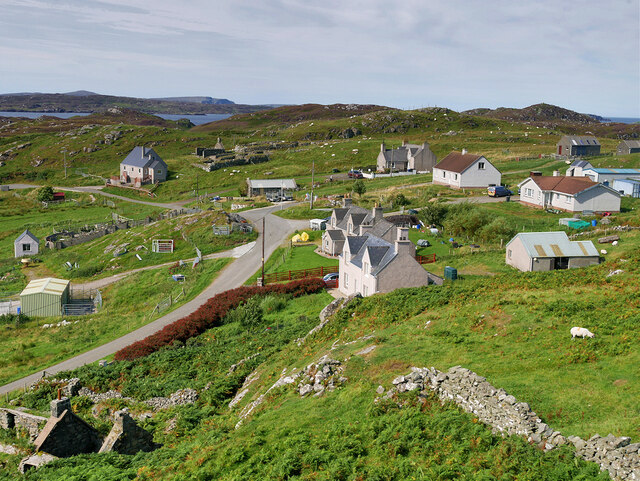
Cnoc an Oìg is located at Grid Ref: NB2041 (Lat: 58.275054, Lng: -6.7647603)
Unitary Authority: Na h-Eileanan an Iar
Police Authority: Highlands and Islands
What 3 Words
///shoving.starfish.mandates. Near Carloway, Na h-Eileanan Siar
Nearby Locations
Related Wikis
Carloway
Carloway (Scottish Gaelic: Càrlabhagh [ˈkʰaːɾɫ̪ə.ɤː]) is a crofting township and a district on the west coast of the Isle of Lewis, in the Outer Hebrides...
Borrowston, Lewis
Borrowston (Scottish Gaelic: Borghastan), with a population of about 50, is a crofting township situated on the Isle of Lewis, on the Outer Hebrides of...
Dun Carloway
Dun Carloway (Scottish Gaelic: Dùn Chàrlabhaigh) is a broch situated in the district of Carloway, on the west coast of the Isle of Lewis, Scotland (grid...
Garenin
Garenin (Scottish Gaelic: Na Gearrannan) is a crofting township on the west coast of the Isle of Lewis in the Outer Hebrides of Scotland. Garenin is in...
Tolsta Chaolais
Tolsta Chaolais (also Tolastadh Chaolais, Tolstadh a' Chaolais) is a village on the Isle of Lewis, Scotland. It consists of about forty houses, clustered...
Cealasaigh
Cealasaigh or Kealasay is an islet in outer Loch Ròg, Lewis, Scotland that lies north of Traigh Mhór on Little Bernera and south of Campaigh. To the west...
Lewis and Harris
Lewis and Harris (Scottish Gaelic: Leòdhas agus Na Hearadh, Scots: Lewis an Harris), or Lewis with Harris, is a single Scottish island in the Outer Hebrides...
Breasclete
Breasclete (Scottish Gaelic: Brèascleit) is a village and community on the west side of the Isle of Lewis, in the Outer Hebrides, Scotland. Breasclete...
Nearby Amenities
Located within 500m of 58.275054,-6.7647603Have you been to Cnoc an Oìg?
Leave your review of Cnoc an Oìg below (or comments, questions and feedback).
